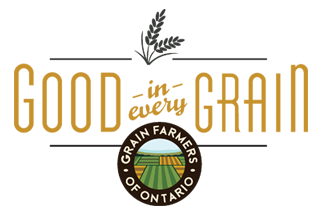Kids ask the best questions

Your kids and students have curious minds, they want to know about everything! Good in Every Grain wants to help you answer their tough questions about where their food comes from, and how Ontario grains are grown. We are here to help! Submit your kids/students’ questions here and we will answer as soon as possible. Don’t forget to check back here for answers.
Questions will be answered in 1-2 business days.
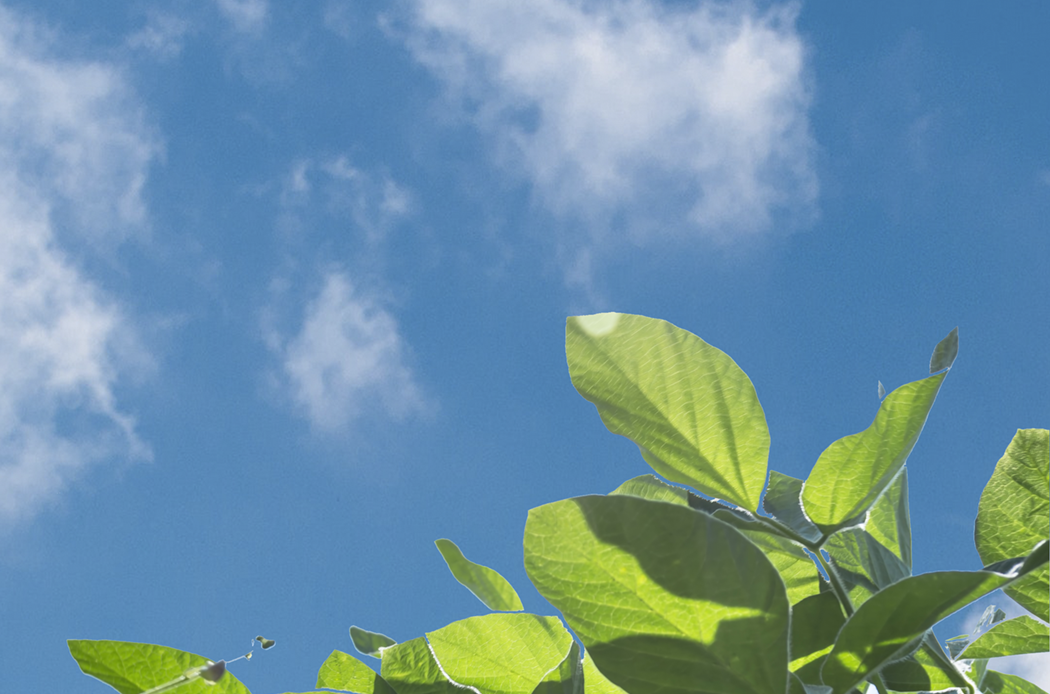
My mom says the plants in our house make oxygen. Do plants on the farm do the same thing? ~ Franklin
Hey there Franklin,
Yes! All plants take in carbon dioxide and release oxygen through photosynthesis. Humans breathe in oxygen and release carbon. All around the earth, humans and plants help each other and the crops on a farm contribute. Corn fields are a good example. During its growing season, one acre of corn absorbs about 16,000 kg of carbon dioxide (MSU Extension). That is more than what a school bus weighs!
In the summer, for about 11 days when it is at its tallest before it is harvested, the corn grown in Ontario produces enough oxygen to meet the breathing needs of the whole province.
For more resources about photosynthesis and Ontario’s corn, see the resources below:
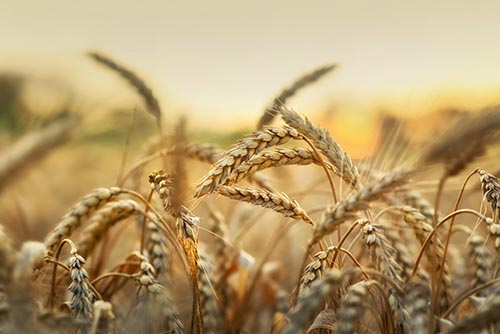
How much wheat does it take to make 2 cups of flour? ~ Sadie
Howdy Sadie,
We can tell you love to bake! It takes about 1 cup of wheat seeds to make 2 cups of flour.
After the wheat is harvested at the farm, it is taken to a mill where the millers test it to see what it can be used for (e.g., pasta, bread, cake). Different flour uses require the wheat to have different qualities, like the protein amount. They clean the wheat and store it for a day, then grind it up with milling machines to make flour and blend it to make the flour blends bakeries want.
The milling process separates the shell—the bran part—from the wheat kernel, which is sold to a feed mill to be used to make feed for livestock. The whole process to mill and blend the wheat is very fast—in some mills, only an hour.
Here’s a fun fact: It only takes nine seconds for a combine to harvest enough wheat seeds to make more than 70 loaves of bread!
For more information on Ontario wheat, check out these FREE resources:
• Flour Mills: All You Knead to Know
• Recipes from Good in Every Grain
• Wheat: growing, harvesting, process and making bread (6:05 minutes)
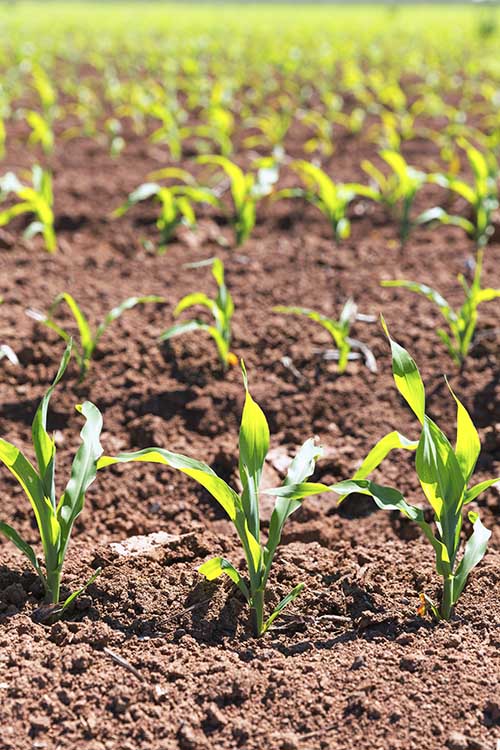
Do earthworms eat the roots of plants? Are they friends for farmers? ~ Lu
Hi there Lu,
Earthworms are good friends to farmers! They help our crops grow. On top of the ground, earthworms eat things like dead leaves and grass, vegetables and berries—the kinds of things you’d put in a compost bin. Under the ground they eat fungi, algae and bacteria. They even eat bits of the roots of growing plants, but mostly they eat bacteria growing on the roots.
Worms can eat their weight every day! And they pull their food down into their tunnels to eat it. After they eat, they poop—we call it casting. It has lots of nutrients and microbes that are good for growing plants.
As worms dig their tunnels, the mucous on their skin rubs off onto the soil surrounding their tunnels, making it strong so it won’t cave in. That slime also contains nutrients that are good for plants! Plants can often grow their roots a lot easier passing through the inside of worm tunnels instead of digging through the soil.
For more information about soil and earthworms check these out:
- Life in the Soil, virtual field trip from Canada Agriculture and Food Museum
- Free resources for Ontario teachers
- Exploring Soils: A Hidden World Underground by Samantha Grover and Camille Heisler. Available at Chapters-Indigo
- Garden Wigglers: Earthworms in Your Backyard by Nancy Loewen. Available at Chapters-Indigo
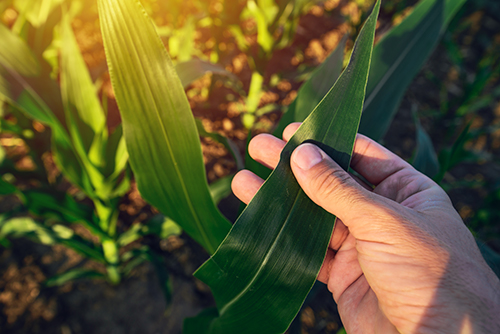
What does sustainable farming mean? ~ Rachel
Hi Rachel,
That is a very important question! Sustainable farming means using methods that protect the environment and public health and doesn’t waste money. It also recognizes that micro-organisms are important. Farmers who use sustainable practices look at things like whether they are using renewable energy and recycling, such as using crop waste or animal manure to make fertilizers that enrich the soil, instead of buying chemical fertilizers.
The Earth does not have an endless supply of land for growing things. We need to protect the soil we have. Sustainable farming protects the soil through methods like planting cover crops, which helps the soil retain its nutrients, supresses weeds and protects the soil from erosion.
People need soil to stay healthy. We may not think of that, but it’s true. Without healthy soil, free of harmful chemicals and with lots of plant nutrients, we wouldn’t be able to grow the plants that keep us healthy. Healthy soil makes good crops.
For more information check these out:

How do plants make our food?
Hey there,
Thanks for asking your question!
Plants need seven main things in order to grow, can you guess what some of them might be? Plants need the right temperature, light, water, air, nutrients, space to grow and they also need enough time to fully grow. When plants have all seven of these things, they can grow healthy and produce high-quality food for us to eat.
Once the plants get are fully grown, farmers will harvest the plants and sell them to be turned into the food we eat. For example, lets look at wheat: once the wheat plant is mature a farmer will harvest the wheat using a combine. The harvested wheat seeds will then be sold to a flour mill where the wheat will be ground into a flour. That flour is then used to make things like bread, crackers or pasta! Other Ontario grains are used to make food items like oatmeal, corn chips, soup or even Jell-o! Find out more here.
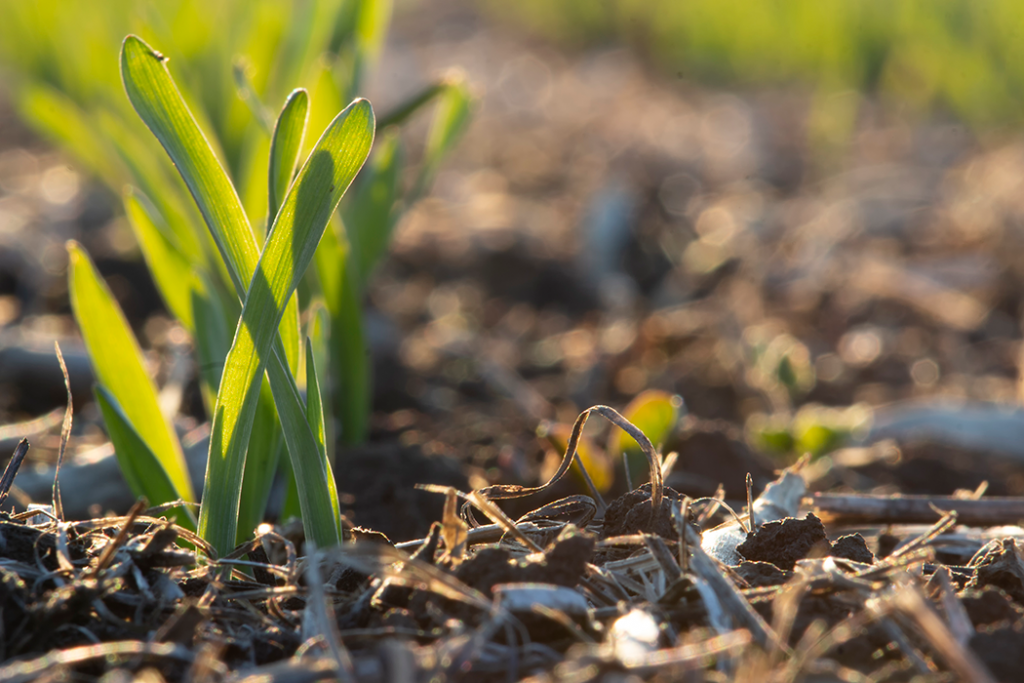
What is the process of it growing?
What a fantastic question!
The process of growing grains really depends on what grain we are talking about. Each grain (barley, corn, oats, soybeans and wheat) will have very similar growing patterns but are slightly different. Grains have different needs in order to grow, which will impact what their process is.
What is the process?
- Plant- before grains can begin to grow, they must first be planted into the ground. Farmers use equipment to plant the seeds of barley, corn, oats, soybeans, and wheat into soil.
- Growing- Grains start off as seeds in the soil that sprout. The shoots and roots push up and down out of the seed- the sprouts will turn into seedling that we will see above ground, and the roots will spread out below ground to absorb water and other nutrients from the soil. As the seedlings grow above ground it will grow tall, and start to develop leaves, seeds, pods, cobs etc. depending on the grain. This process takes between 4 and 5 months for each of Ontario grains to grow. During this time, farmers will make sure their grains are growing healthy.
- Harvest- once ready for harvest Ontario grains will turn colour to either a golden yellow or brown. Then Ontario farmers will harvest the grains using a combine harvester (combine for short) to cut and take the seeds off the mature plant.
Check out this great video from Backyard Science that walks through how seeds grow to become a plant! https://www.youtube.com/watch?v=tkFPyue5X3Q

Can animals eat grains? ~ Mike
Hi Mike! There are many animals both on and off Ontario farms that can eat grains like barley, oats, corn, soybeans, and wheat. 39% of Ontario grains that are used locally, are to feed animals like beef and dairy cows, pigs, chickens, and turkeys. Other animals that can eat grains are sheep, goats, llamas, bison, horses, rabbits, deer and even birds can eat a lot of grains!
A lot of the time the grain is mixed or processed into a form that the animal can eat – corn is chopped into a flour or small pieces to be consumed, a lot of wheat and soybeans can be made into pellets to be consumed as well.
Even our pets can eat grains! Studies have shown the benefits to feeding grain pet food to our dogs and the FDA has linked grain free dog foods to cancers, read more here.
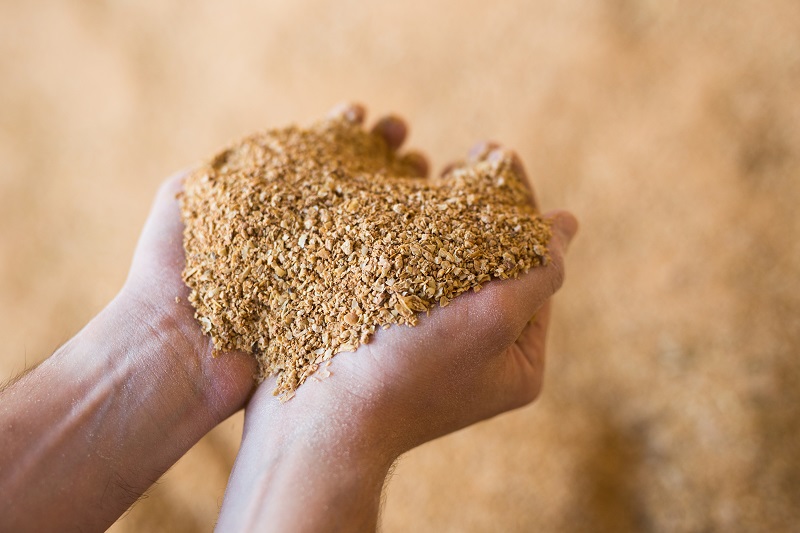
What are some products made from sustainable grains? ~ Courtney
Great question Courtney!
Growing sustainable grains is a huge priority for Ontario grain farmers, and a lot of the work they do on the farm helps to ensure they are growing a sustainable, nutritious and great Ontario grain.
Grains are made into a variety of food, household goods, and other everyday items. There are a lot of uses for all parts of the seed to again minimize food waste! Check out those items here.
Some products made from sustainable grains include animal feed. All of Ontario grains can be used to feed farm animals including cows, chickens, pigs and horses. One really cool part, if the “leftover” parts of grains can be used to make animal feed. This happens during ethanol production, when the leftover corn parts from the fermentation process are sold to livestock farmers called Dried Distillers Grains. Also, leftover soybean parts from the crush and oil extract process are sold to livestock farmers in the form of “soybean meal”.
Furthermore, when wheat seeds are being milled into flour for bread, pastries, and cookies, there are a lot of left-over parts of the seed that go unused in the flour process. The wheat bran, wheat germ and oil, and wheat shorts are removed during the milling process and can either be added back into the flour mixtures, sold as-is (wheat bran) or added to animal feed.
For more information on food waste in the grain industry, check out this great blog post.

What are some things made out of corn? ~ Ebad
We love this question Ebad!
Grain corn is a great grain crop as some many things in our daily lives can be made out of corn. While there are three types of corn grown in Ontario, grain corn is the biggest crop. Things like ethanol, animal feed for cows, chickens and pigs, and taco shells are all common items made from grain corn. Kansas Corn has a great list of items including:
- Toothpaste- Sorbitol is an ingredient in toothpaste derived from corn. It helps create toothpaste’s flavoring and texture.
- Shampoo- Citric acid is a common ingredient in shampoos and conditioners and is derived from corn.
- Diapers- Corn starch is used to soak up moisture in diapers.
- Band aids- Corn starch is used to make the fibers that soak up moisture in band aids.
- Windex- This glass cleaner contains at least 5 different ingredients derived from corn.
- Fireworks- Some of the compounds in fireworks require a “binder” in order to burn properly. A
- common binder is dextrin, a light carbohydrate most commonly made from corn
- Deodorant- Uses corn starch because of its absorbent nature.
- Hand sanitizer- Contains alcohol which typically is made by fermenting corn
- Whisky- Contains alcohol which typically is made by fermenting corn
- Plastic – grain corn can be used to make bioplastics that are biodegradable, and use less fossil fuels in production.
- Carpet- Corn-based textile products are often preferred to the petroleum based products because they are more environmentally friendly
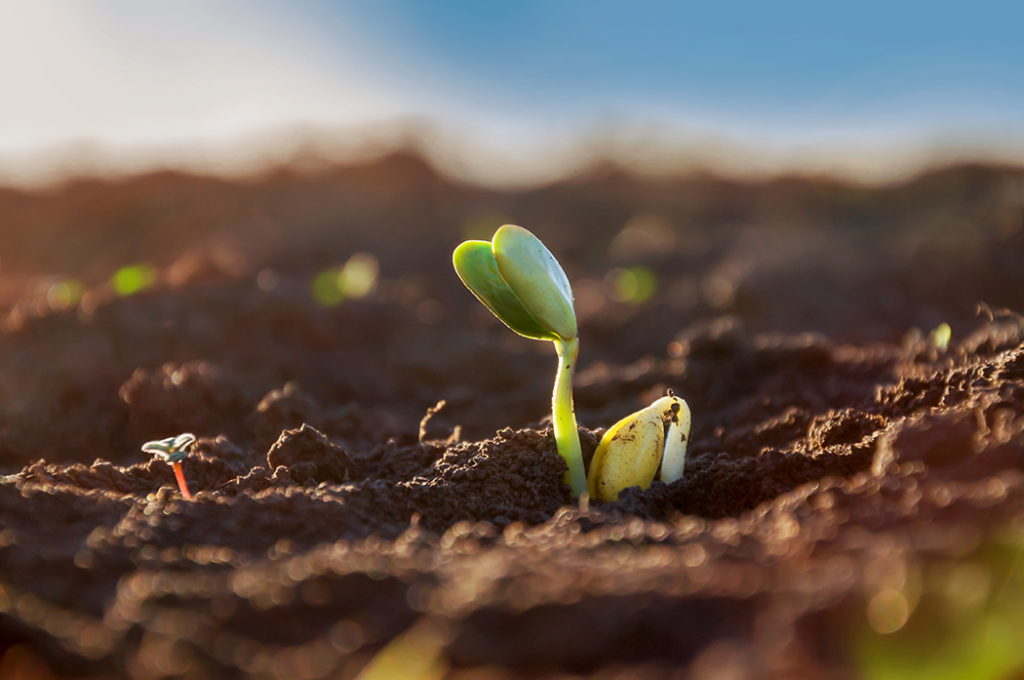
Do soybeans grow fast? – Anonymous
You betcha!
Soybeans can grow fast or slow depending on many things! Typically, soybeans are planted in the spring (April – June) and harvested in the fall (September – November). They need about 5 months or so to grow from a seed to a full mature soybean plant. Some plants (like trees!) need years to do this, so yes soybeans do grow fast. In fact, it only takes about 6 days for soybean seeds to start to grow out of the soil – but if the soil is cold, too wet, or too dry, it makes take as long as 15 days for seeds to start to show.
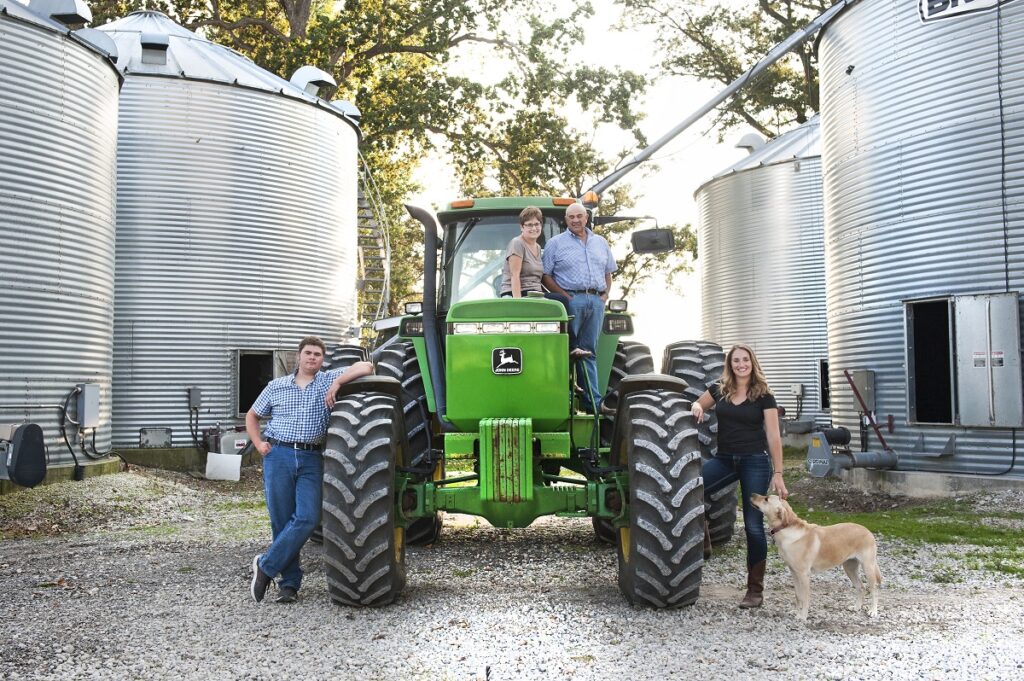
Do soybeans grow fast? – Anonymous
We’re glad to cultivate your curiosity! In Ontario there are 28,000 grain farmers growing barley, corn, oats, soybeans and wheat. This is about 389 school buses worth of people growing grains that feed us and people around the world!
Speaking of around the world, grains are grown in almost every continent except Antarctica, so there are a lot of grain farmers internationally. In 2016 a study estimated there are 570 million farms around the world. Places like the United States, China, India, Australia all grow many acres of grains. To answer your question there are 1.4 million farms in Japan. Now, Japan primarily grows rice but they are also able to grow grains like soybeans, wheat and barley. As grains like soybeans, wheat and barley are much smaller crops grown (in fact over 90% of these grains are imported into the country to be used for food instead of being grown domestically) it is hard to find exact numbers of farmers growing those specific grains.
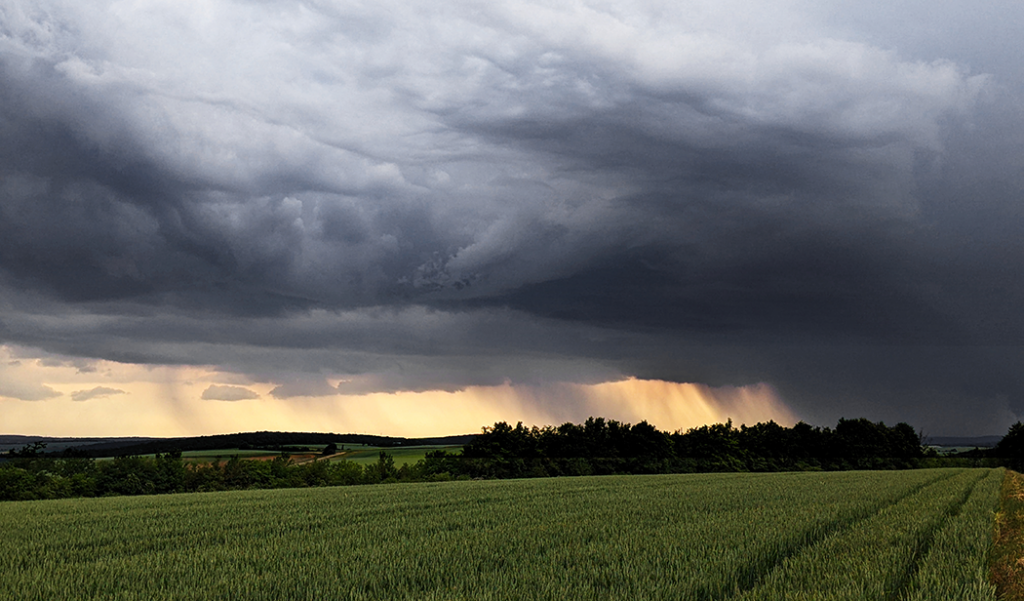
Where does the water come from that you use on your crops? – Lin
Excellent question Lin! Farmers in Ontario rely mostly on the weather to get the water needed from on our crops. Irrigation or other ways to add water are not as common in Ontario grain crops as this practise is more common with farmers growing vegetables or growing grains in other parts of Canada. We rely on the weather for all of the water our growing grains crops need. A farmer’s job is to keep their grain crops healthy. They ensure their crops are healthy by providing necessary nutrients during planting, protecting their crops against pests and ensuring they are keeping the soil healthy, because a healthy soil = healthy grains. But, one thing they cannot control is Mother Nature and the weather conditions that arise during the growing season.
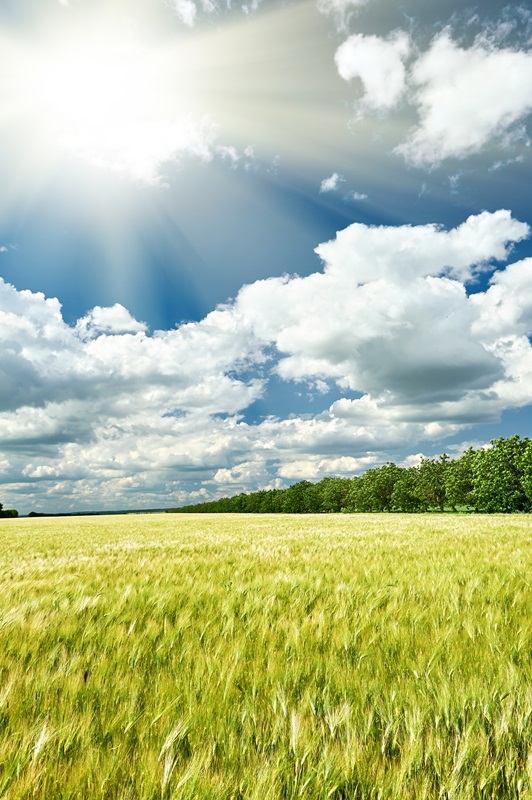
How does the sun help us get energy from food? – Anonymous
Sun -> plants = photosynthesis
Oats -> eat = energy
We love this question! It is no secret that the sun is so important when it comes to growing Ontario grains, lets look at one reason why: Plants need food and energy to live just like you and I, but they get their food from a different source, the sun. Plants get energy from the sun through a process called photosynthesis. As plants grow and mature they develop seeds. These seeds are harvested and then processed into food we eat like oatmeal, crackers, and tofu.
When we eat these foods, we get energy to fuel our bodies, build muscles and keep our bodies healthy. A healthy plant will grow healthy seeds which in turn makes healthy food. As the plants mature and produce seeds, the energy, nutrients, minerals and vitamins are created inside the seeds as they develop – these are the key pieces that give our bodies energy. A macronutrient called carbohydrates is found in oatmeal, and gives our body the energy it needs to walk, move, think, all day long. Protein, another macronutrient is found in tofu and that helps our bodies build muscle.
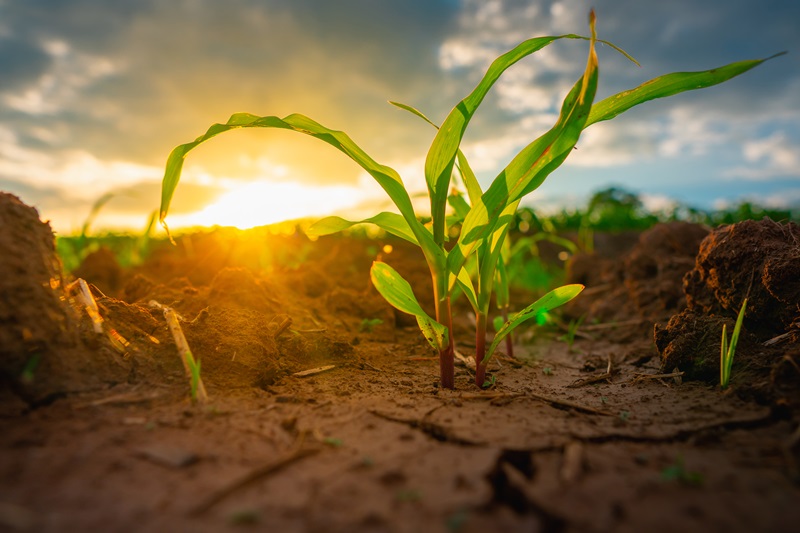
What would happen to the plants without the sun? – Anonymous
What an interesting thought! The sun is the main source of energy for almost every living thing on Earth. Without the light energy plants need to photosynthesize, they would be unable to continue to grow or function. All growth on a plant would stop because the plants would no longer be able to convert light energy into nutrients to complete necessary functions (like growing, developing seeds etc.). additionally, when plants are converting that light energy into nutrients, the by product of that process is oxygen- something all animals (including humans!) need in order to survive.
Without the sun, plants would stop growing, they would stop photosynthesizing light energy and no longer be producing oxygen we need.

Do you like eating the grain you grow? ~ Priya
Hi Priya,
We love eating what we grow! In Ontario, farmers grow barley, corn, oats, soybeans and wheat. That gives us lots of opportunities for good food for every meal. We eat them all the time in things like bread, porridge, pancakes, muffins, soup, polenta, and cakes and cookies. Don’t forget corn chips and tofu!
You can have healthy food made from grains at any meal and for snacks. If you wonder how many good things you can make with grains grown in Ontario, visit the Good in Every Grain website and check out all the recipes, like the one for Oat and Berry Granola Bars. All this talk about food is making me hungry—a granola bar made with two types of grains would be a good snack!
For more information about Ontario’s grains, check out these resources:
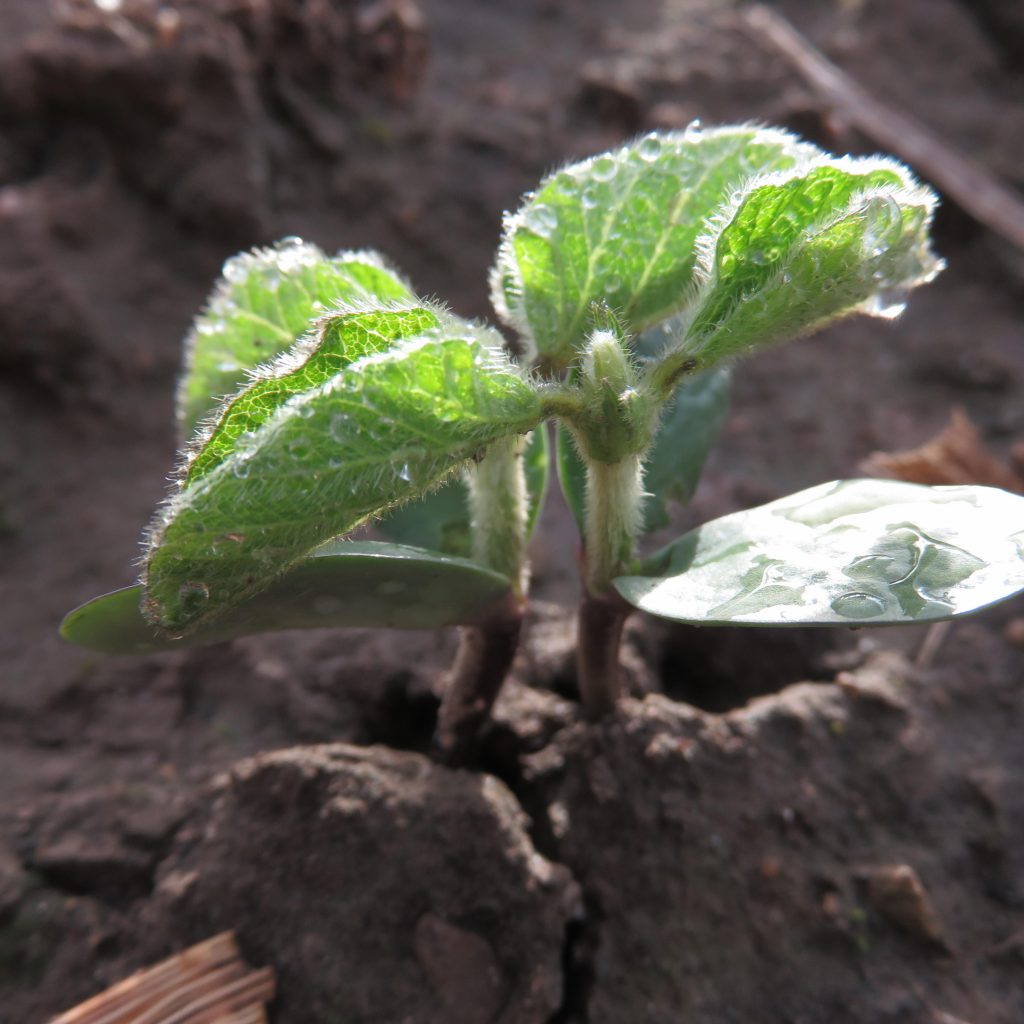
What is the most important thing for growing grain? ~ Rashad
Hey Rashad,
That is an excellent question, because there are so many important things that go into growing grain. You might think it’s the sun or water, but the most important is the soil. The nutrients plants need come from the soil and plants can also put nutrients back into the soil. If the soil is not cared for, it becomes unhealthy and can erode or blow away in the wind; nothing can be grown in it. A healthy soil means we have healthy grains and healthy food.
Farmers protect the soil in lots of different way, like rotating their crops. They grow a different grain or crop on the each of their fields each year. For example, corn uses a lot of the nutrient nitrogen, which helps corn grow tall and make the cobs. Soybean plants add nitrogen back to the soil as it grows. So, a farmer will plant soybeans one year and leave the plant parts (pods, stems, leaves) in the field after harvest to break down and decompose over the winter and put the nitrogen into the soil. The next year, the farmer will grow corn in field where the soybeans were grown so the corn plants can use the nitrogen the soybeans left behind. They rotated between two crops over two years, so the grains could work together to keep the soil healthy, and the two crops growing healthy.
For more information about planting and soil health in Ontario, check out these resources:
• How Does a Farmer Decide What To Plant?
• Fields to Fork 2019
• Life in the Soil, virtual field trip from Canada Agriculture and Food Museum
• Why are earthworms important? (4:21 minutes)
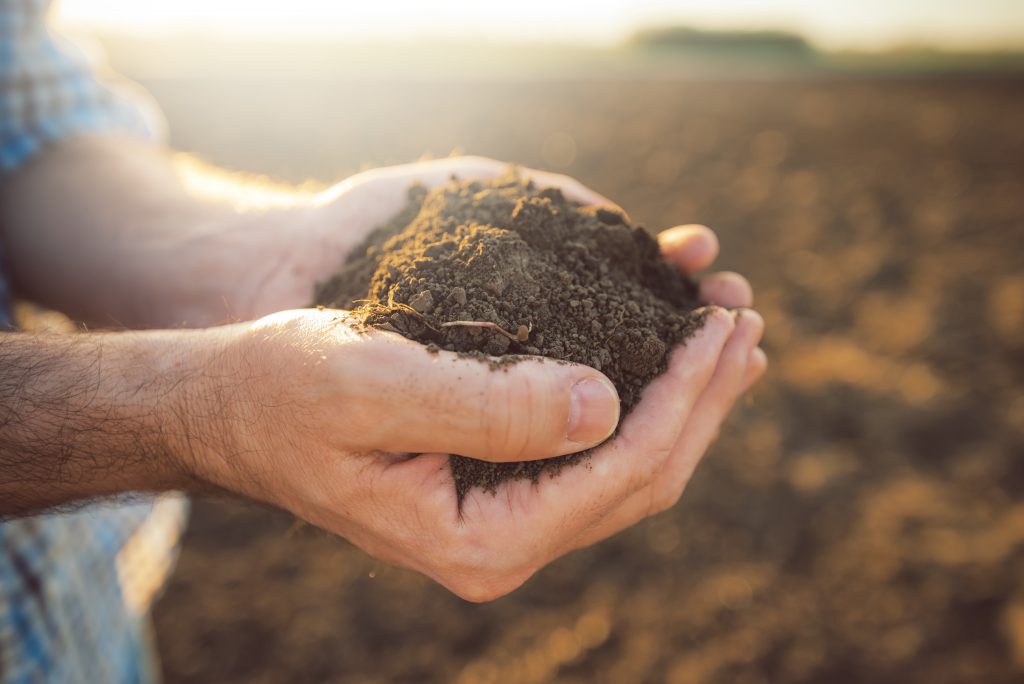
Besides earthworms, are there other things living in the soil that help plants grow? ~ David
Howdy David,
Would you be surprised to know that that there are lots of live things moving around in the soil? They’re so small you can’t even see them, but they’re very important. They’re called soil microbes and they support soil structure and help keep soil healthy by promoting nutrient cycling, helping with disease and pest control, and limiting plant stress by helping balance pH levels, salt, moisture and temperature.
Soil microbes include bacteria, fungi, protozoa, nematodes and micro-arthropods, such as mites. We see how important microbes are when there is a drought– when soil runs out of moisture, dying bacteria produce a tiny bit of extra water that can be sucked up by the plant’s roots, keeping the plant alive just a little longer—maybe until the next rain comes.
There are also bad microbes that cause disease or damage or kill other soil life. Farmers know how important it is to manage soil to keep it healthy.
For more information check out these resources:
- World Soil Day
- Life in the Soil, virtual field trip from Canada Agriculture and Food Museum
- Free resources for Ontario teachers
- Tiny Creatures: the World of Microbes by Nicola Davies. Available from Chapters-Indigo
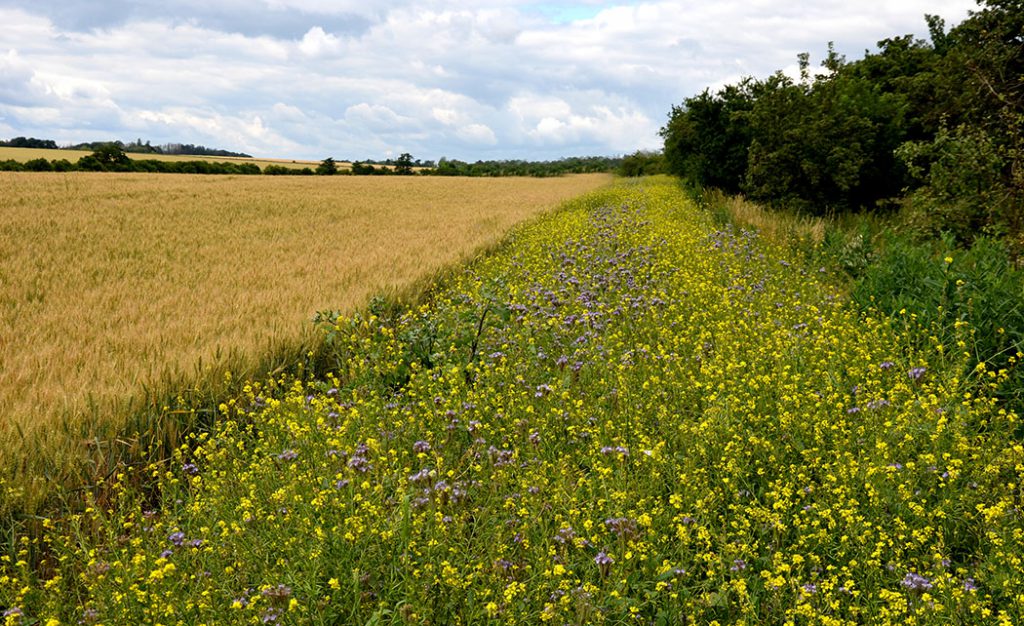
Why do farmers’ fields have wild, grassy edges? ~ Darriel
Hey Darriel,
We are glad you asked because that is actually a sustainable practice that protects the soil. Farmers use windbreaks or field edges to encourage plant diversity and provide wildlife habitats for animals like birds, pollinators, rabbits, foxes and turkeys. They also help keep the growing grain healthy because they limit the spread of disease spores, harmful bacteria and harmful insects. Those things get trapped in the wild areas. For example, if aphids get into a soybean field, the field edges will slow them down from getting into the next field and eating the crop. By using a natural border, the farmer won’t have to use pesticides to stop the aphids.
The field edge can also prevent wind and water from eroding the soil and protect water quality in the area by keeping soil particles and pollutants within the boundary. And depending on where the farm is, the field edge may also block the wind and prevent snow buildup on roads and around homes and farmyards.
Find more information by taking a look at these additional resources:
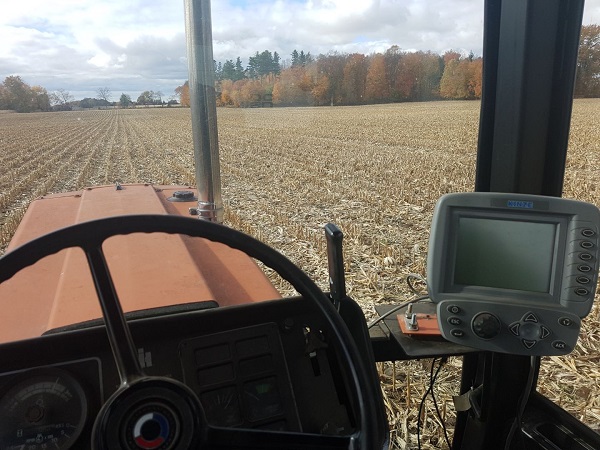
What is the best part about driving a tractor? ~ Tira
Hi Tira,
Thanks for the questions! The best part of a driving a tractor is how fun it is to drive it! Tractors these days are so modern with lots of technology to help drive itself and use GPS’s in the field! Technology can be so fun especially when it is helps to plant grains in perfectly straight rows. It can be incredibly fun to drive a big machine that works a bit like a video game with all the technology in the cab.
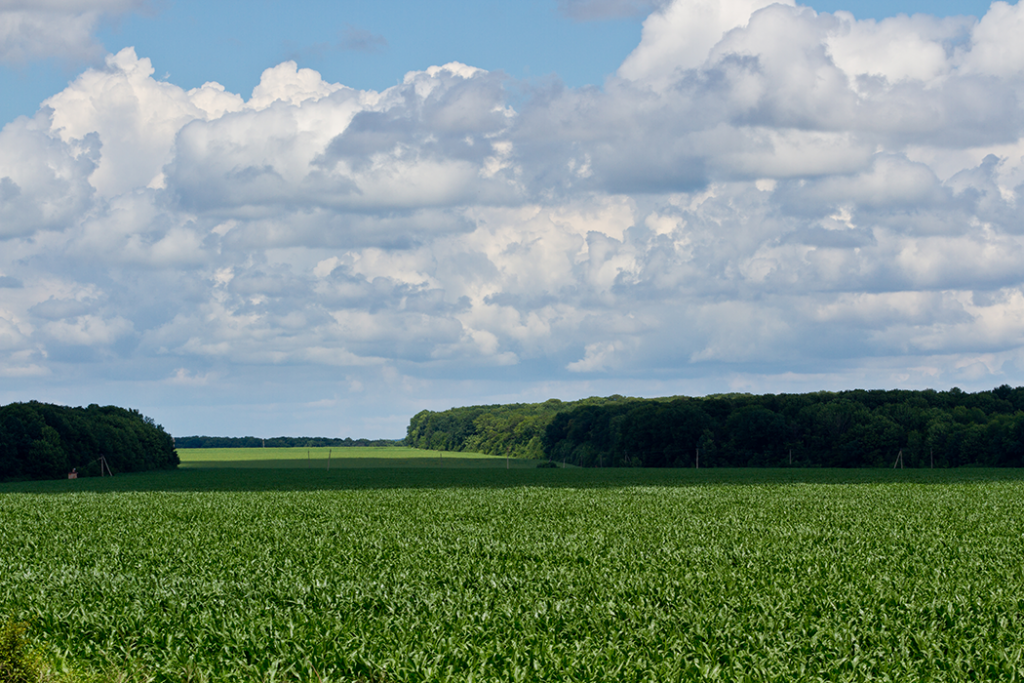
Why do soybeans need partial shade?
Hi there,
Thank you so much for sending us in your question!
Soybeans belong to the legume or pea family (they belong to the same family that the green peas you eat at dinner!), much like humans below to the mammal family. , They are about 3 feet tall (that’s the height of the average baseball bat). And while soybeans plants can tolerate partial shade, they grow the best in full sun!
Full sun means that the soybeans get at least 6 hours of sunlight per day and partial shade means that the sun’s rays get blocked before they reach the plant for the most part of the day. When soybean plants get the full sun they need in order to grow healthy grains, they are able to produce the most soybeans that they can!
Plants like soybeans use the sun’s energy as a food source, and without sunlight grains would not be able to grow.
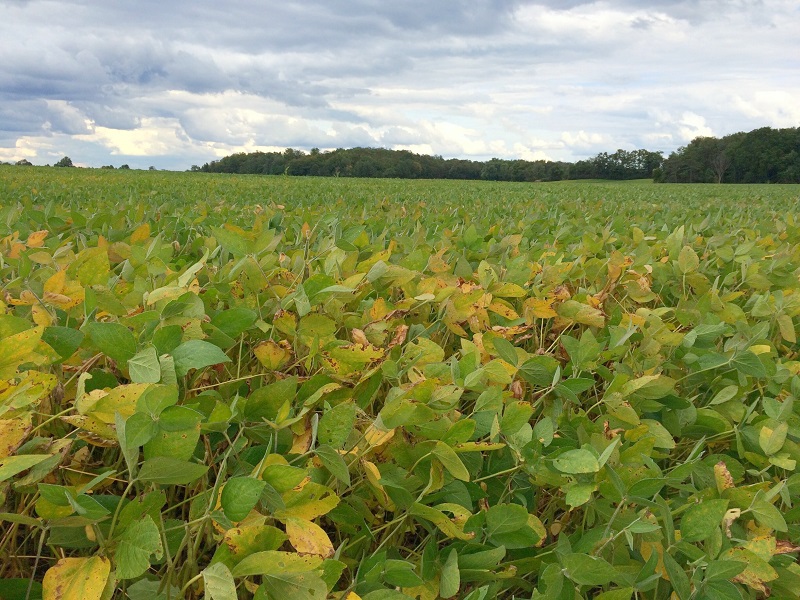
Why are my soybean plant’s bottom leaves turning yellow? ~ Zuhair
Hey Zuhair, thanks for the question!
There are two possible reasons our soybean plant’s bottom leaves are turning yellow.
Soybean plant and other grains are great at showing up when they are sick by adjusting their appearance. Grains will sometime have their leaves, stems, seed, pods change colour or can take on a wilted appearance if they aren’t healthy.
Yellow leaves are a good indication a soybean plant may be healthy- if it isn’t ready for maturity! Soybean leaves turn yellow and brown, and eventually drop off the plant the soybean plants are ready for harvest. This generally happens about 4-5 month after planting.
For more information about healthy grains, and mature soybeans check these blog posts out:
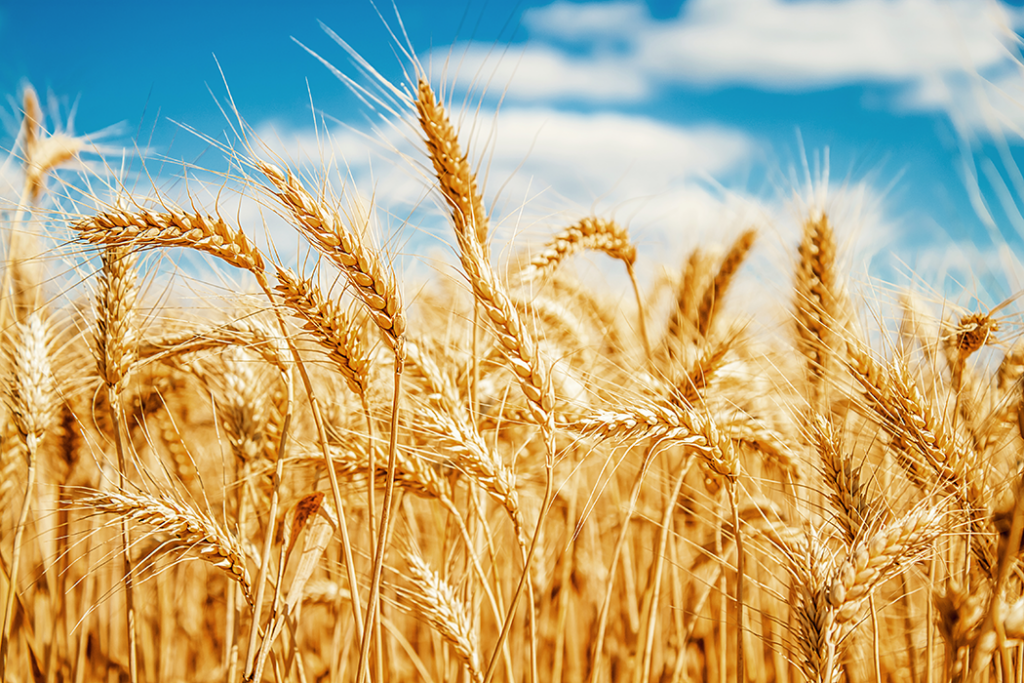
When did people find wheat? ~ Mike
Great question Mike!
Today wheat has evolved through thousands of years of domestication from humans. Wheat was one of the first domesticated crops and has been in global diets for over 8,000 years. There are reports that wheat was first domesticated in Southwest Asia, and this domestication spread across Asia, Africa and Europe. Other reports say that what was found and first domesticated 10,000 years ago in the Fertile Crescent, an area on the eastern shores of the Mediterranean Sea. In fact, Ancient Egyptians were among the first civilizations to modernize farming, in their staple food production of wheat and barley.
In North America, wheat was first introduced in the late 1400’s or early 1500’s. In Canada, wheat was likely first grown in Port Royal, Nova Scotia in 1605. In Ontario, red fife (first grown in Peterborough by Dave Fife and family in 1842) was developed and was very popular due to its good yield and excellent milling and baking qualities.

What temperature does corn grow at? ~ Anonymous
Hello!
All of Ontairo grains (barley, corn, oats, soybeans and wheat) need optimal soil and air temperatures to grow. Soil temperature is the how warm or cold the soil is – this is very important as the grains seed are planted into the soil. Much like how we wouldn’t want to crawl into a freezing cold or boiling hot bed, seeds prefer the best temperatures to be planted at.
Corn prefer soils that are warmer than 10°C and farmers will plant their grains in soils that are warmer than 10°C. Planting into soils colder than 10°C can mean that the seeds will remain dormant, or not grow and be exposed to threats of soil pests, predators and diseases.
Some of the other grains (barley and wheat) can be planted into cooler soils than 10°C but most farmers will wait until the fields are warm enough for planting.
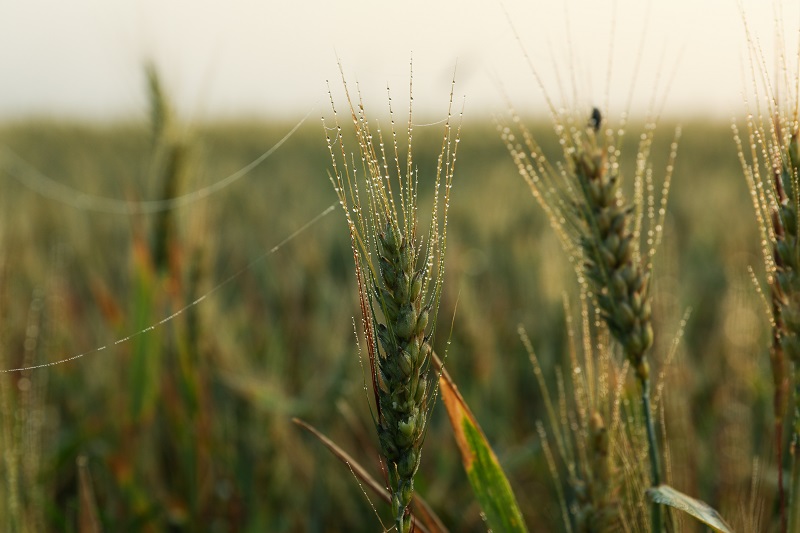
Do grains need a lot of water? ~ Anonymous
You bet they do!
Ontario grains like all living life need water to grow. Water is essential for grain crop health as it helps to build and maintain cell structure, transports nutrients throughout the plant and helps plants complete chemical processes like photosynthesis.
Now, there are a lot of variables on how much water the grains need. It depends on the variety of grain planted, where the grain is growing, what the soil conditions are like and many other agronomy variables including pest pressure and disease outbreak. A sick plant may need more water than a healthy one.
On average to keep moisture levels optimal for grain crops, they would need 75 mm/summer on average. This is about 3 inches of water over the summer alone.
For more information on water management in Ontario grain crops, check out this article series from Ontario Grain Farmer.
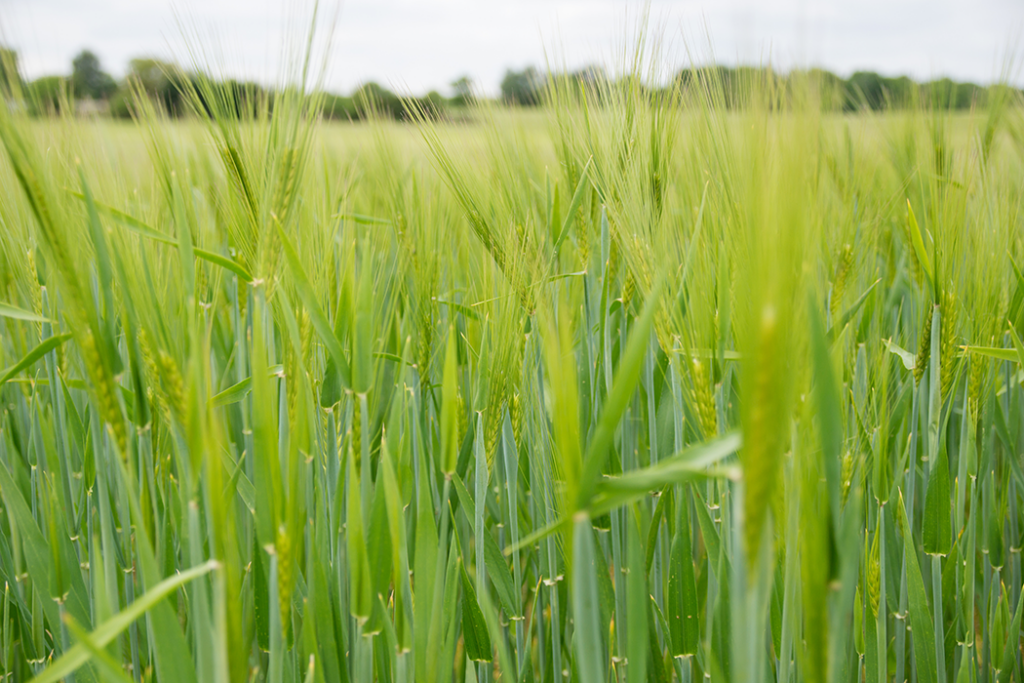
Why isn’t my plant growing? – Anonymous
We’re sorry to hear your plants aren’t growing! On grain farms, there are many variables that contribute to why a plant doesn’t grow, or stops growing completely. Weather and soil conditions are often the first thing to think about – is your soil too wet? Is your soil too dry? Seeds need water to grow, and many times in the spring on a grain farm, too much or too little water makes it hard for seeds to start to grow.
Throughout the rest of the growing season things like sunlight, nutrients in the soil, weeds, insects, diseases are all reasons why plants may stop growing. If they don’t have enough sun or nutrients in the soil they don’t get the energy needed to grow and develop from seed to mature plant. Pests like weeds, insects and diseases are also reasons why plants won’t grow as they can take away resources (sunlight, water, nutrients) or eat/destroy a plant.
Other things like how deep seeds are planted, soil conditions like compaction, or even old seeds may also prevent seeds and plants from growing and developing.
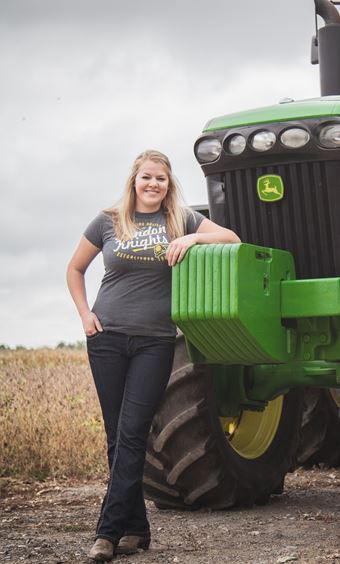
How do you know how much water you should put in the plant everyday? – Jacob
Hi Jacob! On Ontario farms we rely on the weather to water our growing crops – very rarely do farmers here use irrigation or other methods to water our crops. But, we can still tell when they are in need of a drink. Farmers examine the leaves, steams, and soil conditions to determine whether grain crops are thirsty- if there is less water in the soil because of no rain, the plants could become sick or stressed. Many crops will show drought conditions due to the lack of water in the soil.
When corn plants are dry, the leaves roll inwards. This is a defensive measure to protect the plant from losing more water in times of extreme heat. When the leaves are rolled inwards, less leaf area is exposed to the sun, meaning they are burning less energy to grow and ultimately using less water. Soybean leaves act much like trees in times of heat and lack of water. Have you noticed when things are dry, tree leaves flip upside down? This is their protective measure to reduce energy and conserve water within the plant during the heat and sun of the day. Water is necessary for virtually every function of plant growth. Lack of water damages plant cells, which can cause poor growth, wilting, and leaf scorch. Eventually, the plants could drop their leaves and have serious root damages. All of these conditions could impact the quality of the grains at harvest- and the quality of grains going into our food supply.
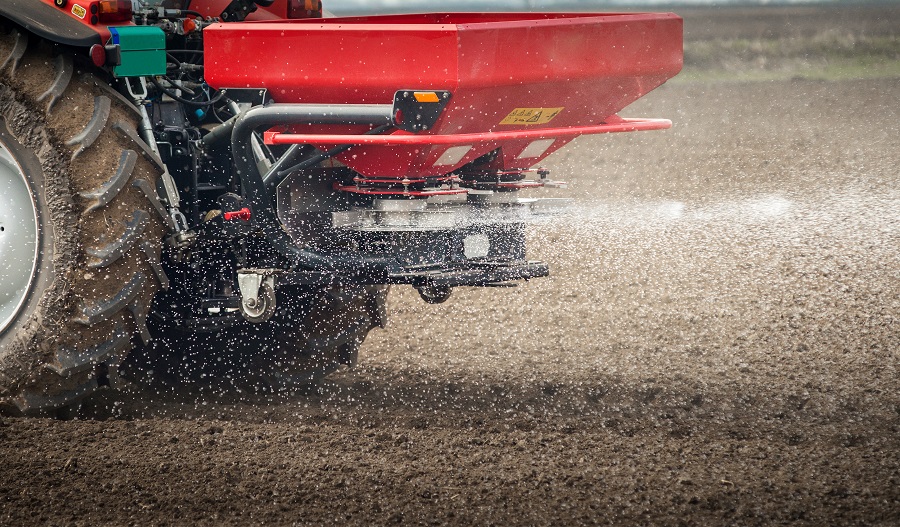
What do you add to your soil? – Anonymous
Did you know soil is the foundation of all life on Earth? 95% of our food is produced via Earth’s soil and that includes the barley, corn, oats, soybean and wheat crops here in Ontario. Grain farmers top priority is growing safe, healthy and delicious grains. And this starts with ensuring the soil remains healthy. Healthy soil is as important to healthy food products as a healthy body is to you and your family.
Some things are added or applied to the soil to ensure the soil remains healthy for the growing grain crops. Fertilizer is plant food that farmers apply to healthy soil at specific times of a growth cycle to ensure crops have the nutrients they need. Just as human bodies turn food into carbohydrates, protein and fat for different functions, plants require sunlight, water and nutrients such as phosphorus, nitrogen and potassium to grow and thrive. Some of the nutrients that plants need are found in livestock manure, which farmers spread carefully on their fields at specific times of the growing season. Farmers also purchase commercial fertilizer that contains higher concentrations of the nutrient’s crops need. It can be applied in a granular or a liquid form. Fertilizer is costly, so farmers are precise about how and when they use it to grow the food we need. Soil testing, modern technology, and efficient soil management techniques are all ways farmers carefully apply what is needed when it is needed. Crops will not produce enough food without fertilizer. It is a vital tool farmers use to be able to grow enough food to feed our growing population.
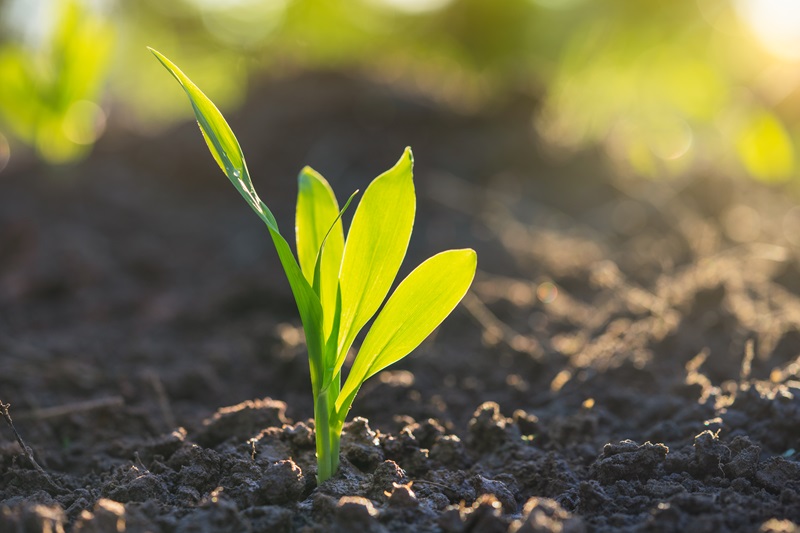
How does the sun help plants to grow? – Anonymous
Hey there! The sun is so important when plants are growing. Plants undergo a process called photosynthesis. This basically means plants absorb energy from sunshine, and use that energy to fuel the growing plants. The plant’s leaves act as natural “solar panels” to absorb the sun’s energy. This energy is then used to produce nutrients and needed to do the necessary functions or job a plant does to grow, stay healthy and produce seeds. Things like turning the leaves green, developing a seed inside of a pod, growing roots are all necessary jobs a plant cannot do without the sun’s energy.
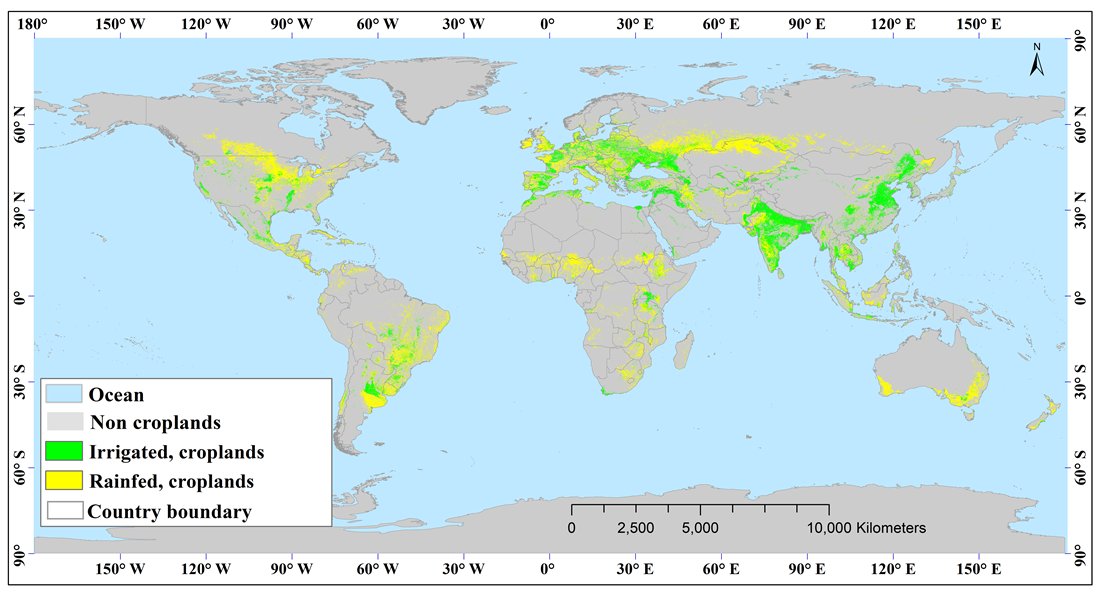
How would our lives be impacted if all the soybeans and corn disappeared? – Anonymous
What a fantastic question! The short answer is our lives would be seriously impacted and probably in a negative way. If you and I think about all the daily items we use that contain corn and soybeans, our lives would have some serious impacts. Most cars, buses and trucks run on either gasoline or diesel engine fuel – both of which are made from corn and soybeans. Corn provides us with things like toothpaste, gum, shampoo, diapers, hand soap, cereal, spark plugs for engines and tires for cars and many bioplastics. Soybeans can make things like tofu, soy sauce, candles, crayons, paint, and soy beverages as well as plastics and lubrications. If we no longer had access to these grains, would we still be able to make these items? Or would they need to be made from other things instead?
Additionally, soybeans and corn are grown on millions of acres here in Ontario alone. Worldwide, there are 4.62 billion acres of total cropland – or farmland that is used to grow crops like corn, soybeans, wheat, rice etc. If we imagined that all those acres were no longer planted, our lives and so many other factors were be impacted. Things like the environment and our worldwide economy would be directly impacted as well as our everyday life- no corn means no Corn Flakes for breakfast.
Another thing to think about is in Ontario, what would happen to these acres? Would farmers plant something else like wheat? How would that affect our day to day lives – would we eat more bread because we grow more wheat locally? Or would these acres be used for something else, like for building houses or cities on farmland? That impact would be very hard on our and environment (less green space = less CO2 being pulled from our atmosphere).
These are all hypothetical questions and scenarios we could consider if all the soybeans and corn disappeared and are some ways our lives would be impacted.
